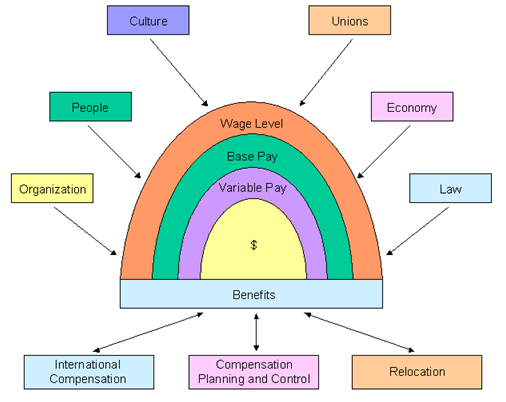Ensuring that you've got the right people, in the right place, at the right time, with a compensation or fee structure that works for your business is an ongoing challenge for many organisations. Aligning all those factors in times of rapidly evolving circumstances is even more difficult. Especially if you also have to juggle compliance or regulatory changes. That's a recipe for high levels of stress and a greater margin for error. Especially if you're trying to model multiple different scenarios with multiple different employee types in very short timeframes. A sudden change in economic circumstances (or restrictions on working conditions), makes it abundantly clear; you need tools that make it easy for you to model and report on remuneration efficiently, without needing to resort to spreadsheets or paper shuffling. This week's HR Blog explores remuneration modelling and HR automation in times of change.
Whether you're a business listed on the stock exchange or an NFP, you need remuneration modelling capabilities that can meet the unique needs of your organisational structure and employment types. However, no matter what type of business you work for, remuneration modelling is built on some common foundations that are relevant to all organisations.
Factors to Consider When Modelling Remuneration
The Economic Research Institute's Model of Compensation Textbook outlines multiple factors that will impact your compensation and remuneration decisions. It is always incumbent on HR to consider a number of environmental and organisational variables when modelling or remodelling remuneration. Or, business leaders might find themselves in circumstances like we're all facing today - where variables are forced upon us and we have to adapt quickly to changes beyond our control.
The following factors impact compensation decisions and need to be weighed carefully:
-
Economic: Compensation is a price for a factor of production. As such, it serves to allocate human resources to productive uses.
-
Psychological: Compensation represents (and impacts) the psychological contract between the individual and the organisation.
-
Sociological: Pay is a status symbol within organisations and society. In less complex societies, the status of individuals is a product of many standards of judgment; for example, their families, friends, occupations, education levels, etc.
-
Political: Compensation as a political concept involves the use of power and influence. Organisations, unions, groups, and individual employees all use their power to influence pay.
-
Equity: Few discussions of compensation are conducted without appeals to fairness, especially in times of disruptive change.
Compensation is made of up different levels of payment depending on the role, the context, the industry, in addition to the legal and regulatory requirements:
-
The Pay Level: The pay level is the overarching factor that creates the competitive stance of the organisation in relation to the labor market.
-
Base Pay: The biggest part of most employees' remuneration is usually their base pay. This is the amount on the employee's pay stub labeled gross wages.
-
Variable Pay: Many organisations offer rewards for high performance using a merit system, although alternative option is a variable pay plan.
-
Benefits: The dollar sign in the middle of the diagram below represents the total remuneration of the employee, being the combination of base pay and variable pay.
-
Inter-suburb, city or state Relocation: the areas that occupy the bottom of the compensation model below relate to compensation for a relocation.

Remuneration Modelling Solutions
If your business needs to manage an organisational restructure; to scale down, scale up or adapt to unexpected changes under current circumstances, then you will also need solutions that enable you to undertake remuneration modelling quickly and efficiently. That means People and Culture Managers need tools that will enable you to:
-
Review employee capabilities in the business across different locations, departments and cost centres.
-
View length of service and leave entitlements.
-
Set-up various remuneration modelling scenarios and get reviews or authorisations.
-
Increase or reduce headcount under different scenarios to calculate the impact on operations.
-
Link budgets to relevant departments and cost centres.
-
Tailor and provide bonuses and salary increases or decreases.
-
Reduce working hours based on scaled-back operations or imposed working restrictions.
-
View and review Performance Review Scores for reward allocations.
-
Apply rewards like movie tickets for a job well done.
Does your organisation needs a tool that gives you agile management of Employee Costs, including EEO salary %, location and job-based Rems, Rems based on budget, other Employee costs like LSL, allowances, reduced working hours and more? Check out this video for a sneak peak of our new Remuneration Modelling tool - it's got everything you need to become more agile and make accurate decisions faster.
Image Source: The Economic Research Institute's Model of Compensation Textbook


